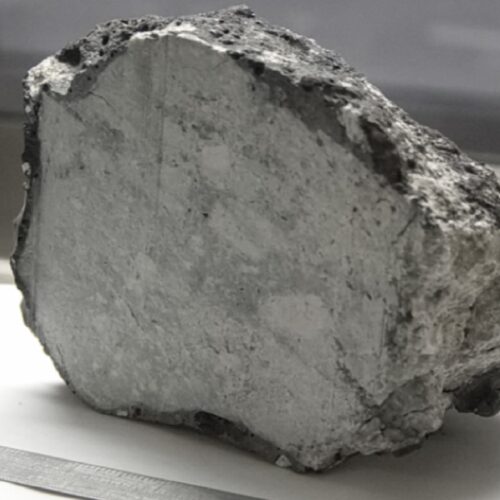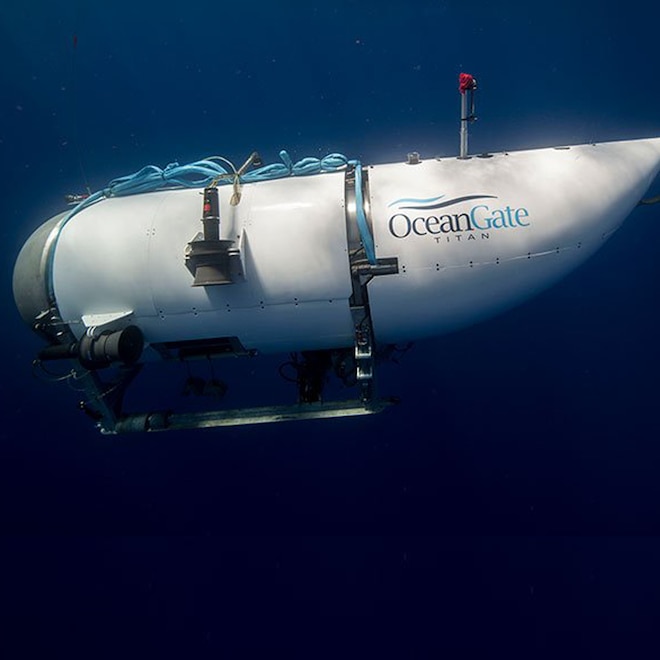Satellite images show the catastrophic damage to North Korea's new destroyer that's lying on its side

Satellite image ©2025 Maxar Technologies
- North Korea's naval gaffe with a 5,000-ton destroyer's launch can be seen from space.
- A photo shows the warship capsized in the water after a botched launch.
- State media said a furious Kim slammed the mistake as a "serious accident and criminal act."
New satellite images of the Chongjin port in North Korea show the aftermath of a failed ship launch on Wednesday: a capsized new destroyer still partially resting on the pier. The ship's internal compartments are almost certainly flooded, complicating efforts to right it.
Calling the event a "serious accident" on Thursday, North Korean state media reported that the country's leader, Kim Jong Un, was watching the ceremony as the ship's stern slid down a ramp ahead of schedule, jamming the entire vessel.
Satellite imagery from Airbus and Maxar Technologies show that North Korea likely planned a broadside launch of the 5,000-ton destroyer, a method that splashes the ship sideways into the water.
In one image, taken after the failed launch, the ship appears to be lying on its starboard side and still partially stuck on the ramp; the superstructure that is its highest point can be seen lying to the left of the hull, resting in or near the water. Much of the vessel's frame seems obscured by blue fabric. The aerial image below reveals the line of the normally level aft flight deck fully on its side, at far right.

Airbus
The weight of the bow section on the pier may be pinning the destroyer in an exposed position and would be exacerbated by any internal flooding likely on the stern. These internal spaces would need to be de-watered before a heavy-lift crane has a chance to lift the 5,000-ton vessel.
Lee Sung-jun, a spokesperson for South Korea's Joint Chiefs of Staff, told reporters on Thursday that Seoul also assessed the ship to be partially submerged. Seawater can corrode and short-circuit electronic systems and rust exposed metal, necessitating expensive and time-consuming repairs once it's removed.
State media wrote that the launch mechanism malfunctioned, causing the stern to slide into the water while the bow remained stuck on land.
After watching the error, an irate Kim was quoted by state media as criticizing the officials involved in the launch, saying they were censured and that their mistakes would be "dealt with" at a party committee meeting next month.

Satellite image ©2025 Maxar Technologies
The North Korean leader further called the bungled launch a "serious accident and criminal act," adding that it had "brought the dignity and self-respect of our state to a collapse in a moment."
South Korean officials told reporters on Thursday that it's likely the destroyer is in the same class as the Choe Hyon, a 5,000-ton vessel that it launched from a separate shipyard in April.
Analysts and top North Korea watchers have assessed that the Choe Hyon is the country's largest warship to date.
Satellite images from early last month showed what experts said was likely the "fitting out" process of the ship, during which internal construction is completed and equipment is installed before the warship is handed over to North Korea's navy. Then, in late April, North Korea unveiled the vessel during a ceremony at Nampo port. A ship is launched once it's watertight and all of its major components are installed.
The only upside for North Korea is that during a ship launch likely no crewmembers would be aboard.
The Choe Hyon has been identified as a guided missile frigate and reportedly one of two in the class that are under construction. Some analysts suggested the warship looked capable of carrying a vertical launch system, an upgrade for North Korea's naval capabilities that allows the warship to carry a larger arsenal of anti-ship, land-attack, or surface-to-air missiles.

Kim Jae-Hwan/SOPA Images/LightRocket via Getty Images
The Choe Hyon is just one example of Pyongyang's naval modernization efforts. It's been a top priority under Kim along with a broader military buildup. Much of that focus has been on the submarine force; North Korea unveiled a new missile submarine two years ago.
North Korea's navy is considered "primarily a coastal force" per a 2021 US Defense Intelligence Agency report, consisting of about 60,000 personnel, 400 patrol ships, 70 diesel-electric submarines, and 260 amphibious landing craft. The country faces insufficient resources in its shipbuilding industry, a major challenge towards its naval modernization efforts.
While Choe Hyon appeared to be a sophisticated vessel, experts were waiting until its launch to observe potential capabilities and technologies.


:max_bytes(150000):strip_icc():format(jpeg)/Joe-Jonas-1-052225-11411658cd204d96a016742885a15cee.jpg)
:max_bytes(150000):strip_icc():format(jpeg)/woman-solo-vacation-050525-cfe21e6d853e48a2b3e1a967b734796d.jpg)
:max_bytes(150000):strip_icc():format(jpeg)/becky-patel-matt-michell-tornado-engagement-052325-1-b3d2e4ed81b64affbf831d6296ff8eb6.jpg)
:max_bytes(150000):strip_icc():format(jpeg)/ed-westwick-amfar-gala-cannes-052325-a480943b31c146278b91f9871857f985.jpg)
:max_bytes(150000):strip_icc():format(jpeg)/benny-blanco-pink-pineapple-tout-052325-513bb9320400451dab6e0a5263888fcf.jpg)







